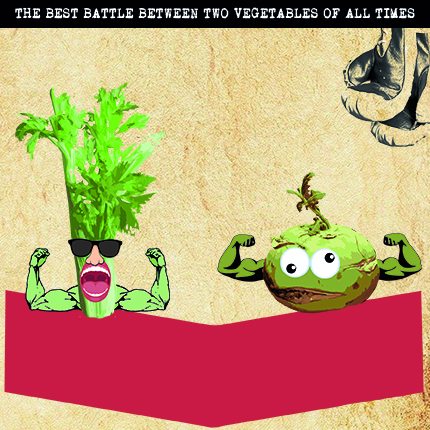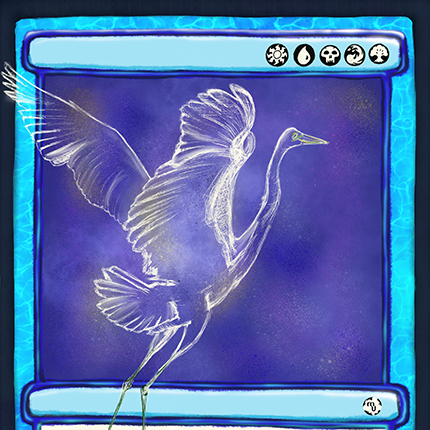
Danto and the gallery of indiscernibles
Imagine you are in a museum and you walk around its rooms looking at the different paintings. What makes each painting the art that it is? What makes The Guernica be The Guernica or La Gioconda be La Gioconda? What characteristics of both paintings would you highlight? It seems that their physical characteristics, for example, the style of the painting, whether it is figurative or not, the colors used, or the technique, are involved in an essential way. We can make a color version of The Guernica, but sure we wouldn’t say it’s the same artwork anymore. However, it can be thought that other characteristics related to the painting, for example, its historical context, can be essential to define a work of art compellingly. In fact, some people argue that knowledge of these other characteristics can directly affect the perceptual experience we have of the painting. This idea is known as cognitive penetration in art.
Cognitive penetration is usually defined saying that cognitive states such as beliefs, thoughts, desires, expectations, concepts, or intentions can directly influence our perceptual experience. When, for example, something that we had liked suddenly seems disgusting when we know that what we were eating were fence balls, this is a case of cognitive penetration. Or, when a film that had enchanted and moved us no longer does because we learn that its author was a collaborator of Nazism, this is also a case of cognitive penetration. To illustrate, consider the following two pictures:

Is 1 different from 2, or are they exactly the same? If your answer is that 1 and 2 are indiscernible, you are right, 1 and 2 are two rectangles of the same size and color. Specifically, the dimensions of both are 46.522 mm. wide by 30 mm. high, and the color of both is a composition of 16% cyan, 100% magenta, 100% yellow, and 7% black. However, suppose that I now tell you that 1 has been painted by an Australian minimalist painter and is titled ‘Rectangle square #3’. In contrast, 2 has been painted by a Russian minimalist painter and is titled ‘A glorious past.’ Now, knowing this, would you say that they are the same artwork, or that they are different artworks? In other words, would you attribute to 1 and 2 the same aesthetic properties or different aesthetic properties? If your answer to the question now is that they have different aesthetic features, then your cognitive states have penetrated your perception. In this case, to know the title of each of the compositions, and maybe some historical background knowledge concerning the link between the color red and the past of Russia has modified the way you see the painting.
Arthur Danto summarizes the argument for cognitive penetration in art as follows:
- The perceptual experience of 1 is the same as the perceptual experience of 2.
- The aesthetic characteristics of 1 are different from the aesthetic characteristics of 2.
- Therefore, the attribution of aesthetic characteristics to a work is not reduced to the perceptive experience we have of that work.
In short, for Danto, the aesthetic characteristics of a work of art do not supervene from its physical attributes because the aesthetic characteristics we attribute to the work do not depend on the perceptive experience we have of it.
Although cases such as the one described above can be constructed to suggest that cognitive penetration is a common phenomenon, its very existence is under debate. The debate is of the utmost importance because the relevance of the phenomenon is enormous, given its consequences. Cognitive penetration is not only relevant for understanding how we experience and appreciate art, but for understanding other issues such as scientific knowledge, or the architecture of the human mind. Ultimately, it is important to understand the status of human knowledge itself. If what we think influences what we see, how can we be sure that the knowledge we acquire through our perception is reliable? If so, what measures or policies should we adopt to minimize this influence? These are questions that, sooner or later, will find an answer. However, what that answer will be is something that is still under discussion at this very moment.







